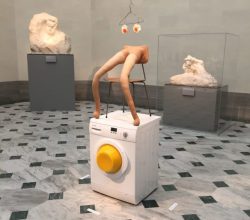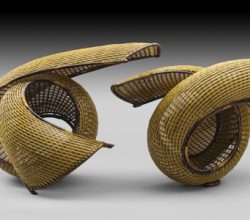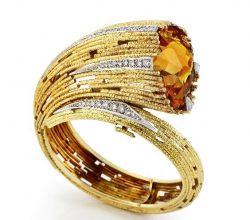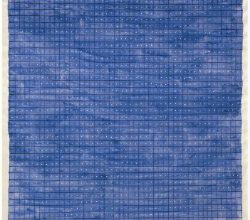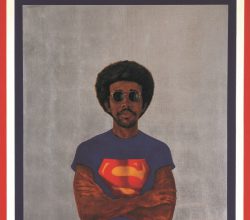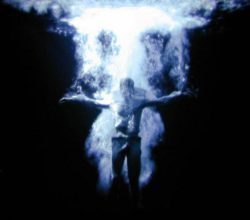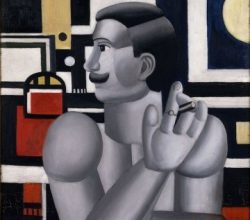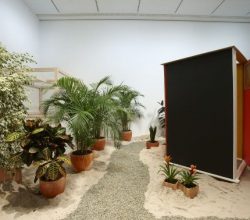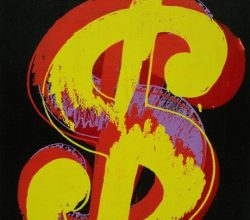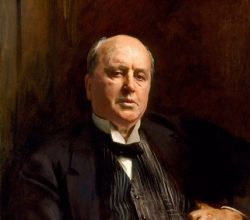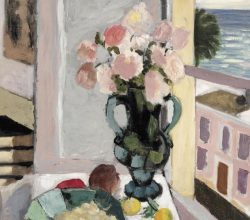
Matisse in the Studio review: Inside Matisse’s mind
Matthew Collings | The Evening Standard | 1st August 2017
Matisse, like Picasso and others, found inspiration from his studio – his world within a world. “[My] state of soul”, he said, “is created by the objects that surround me”. However he did not simply reproduce the interior of his studio on the Cote d’Azur. “He was a great ruthless violator of normal appearances. [This show gives] a really good lesson in what makes a Matisse a Matisse.” More images are here

